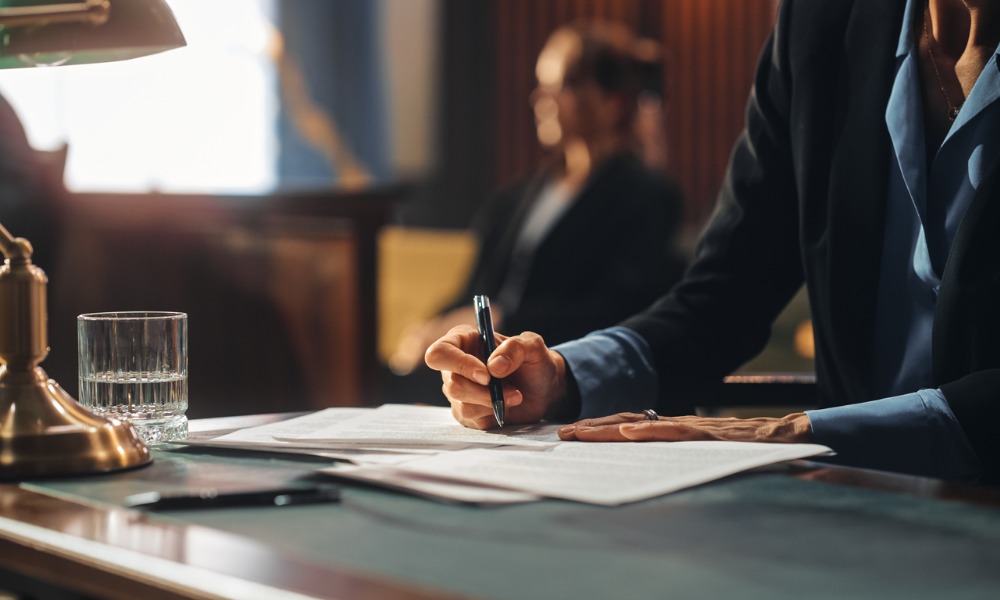Google provides sleep pods for its workers, while icecream company Ben & Jerry’s provides nap rooms. Would you allow workers to sleep on the job?
Could an afternoon kip help to improve productivity in your workplace?
The answer is yes, according to British academic Vincent Walsh.
The professor of human brain research at University College London said that workers should be allowed to have afternoon naps and to start work at a time that suits them.
Walsh told the Cheltenham Science Festival that people had become obsessed with only sleeping at night and that a nap of between 30 and 90 minutes in the afternoon could help improve productivity.
He said that it was only since the industrial revolution that people had been obsessed with squeezing all their sleep into the night rather than having daytime naps.
“If we want people to be more creative we need people to be able to do less. Companies should allow naps in the afternoon. They should get rid of the habit of clocking in and clocking out.
“Let people come in when they want. If they want to work through the night, let them.”
Dr Louise Schofield, from workplace health company Vitality Works, agreed.
“The value of sleep if often underrated. Next to breathing, sleep is our most fundamental need,” she told HRM.
“While many of us suspect we don’t get enough and have good intentions to try to get more, there’s always that one more thing to do, or look at, before going to bed. Going to bed late and not regularly getting at least seven hours’ sleep means for most of us, we achieve less, not more.”
Schofield said that many of Vitality Works’ clients educated their employees about the importance of sleep and gave them tips on how to improve their sleep quality.
“Taking a power nap during the day will help to improve your productivity. One technique sometimes used is a caffeine nap – drink a cup of coffee then grab a nap, the caffeine will wake you in about 15 minutes’ time as it hits your blood stream,” said Schofield.
She suggested that employees could catch a few zees in conference or break rooms, at a nearby library or in a parked car, with the doors locked.
“The key to power-napping is to make sure it is no longer than 20 or so minutes. You’ll wake from a 10-minute nap feeling crisp and refreshed, whereas if you nap for 40 minutes, you are likely to wake all sleepy-drunk, as you will have moved into a deeper phase of the sleep cycle.”
Schofield said the best way to tell if you are getting enough sleep at night was to look at how you woke up in the morning.
If you woke of your own accord, you were likely getting enough sleep, but if you needed to be woken by external means, like an alarm clock, you probably needed to go to bed earlier.
10 companies that let workers take naps
The answer is yes, according to British academic Vincent Walsh.
The professor of human brain research at University College London said that workers should be allowed to have afternoon naps and to start work at a time that suits them.
Walsh told the Cheltenham Science Festival that people had become obsessed with only sleeping at night and that a nap of between 30 and 90 minutes in the afternoon could help improve productivity.
He said that it was only since the industrial revolution that people had been obsessed with squeezing all their sleep into the night rather than having daytime naps.
“If we want people to be more creative we need people to be able to do less. Companies should allow naps in the afternoon. They should get rid of the habit of clocking in and clocking out.
“Let people come in when they want. If they want to work through the night, let them.”
Dr Louise Schofield, from workplace health company Vitality Works, agreed.
“The value of sleep if often underrated. Next to breathing, sleep is our most fundamental need,” she told HRM.
“While many of us suspect we don’t get enough and have good intentions to try to get more, there’s always that one more thing to do, or look at, before going to bed. Going to bed late and not regularly getting at least seven hours’ sleep means for most of us, we achieve less, not more.”
Schofield said that many of Vitality Works’ clients educated their employees about the importance of sleep and gave them tips on how to improve their sleep quality.
“Taking a power nap during the day will help to improve your productivity. One technique sometimes used is a caffeine nap – drink a cup of coffee then grab a nap, the caffeine will wake you in about 15 minutes’ time as it hits your blood stream,” said Schofield.
She suggested that employees could catch a few zees in conference or break rooms, at a nearby library or in a parked car, with the doors locked.
“The key to power-napping is to make sure it is no longer than 20 or so minutes. You’ll wake from a 10-minute nap feeling crisp and refreshed, whereas if you nap for 40 minutes, you are likely to wake all sleepy-drunk, as you will have moved into a deeper phase of the sleep cycle.”
Schofield said the best way to tell if you are getting enough sleep at night was to look at how you woke up in the morning.
If you woke of your own accord, you were likely getting enough sleep, but if you needed to be woken by external means, like an alarm clock, you probably needed to go to bed earlier.
10 companies that let workers take naps
- Ben & Jerry’s
- AOL
- Zappos
- Nike
- Pizza Hut
- British Airways
- Time Warner
- Newsweek
- Metronaps





